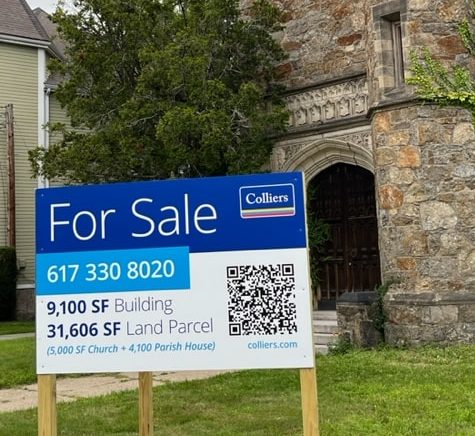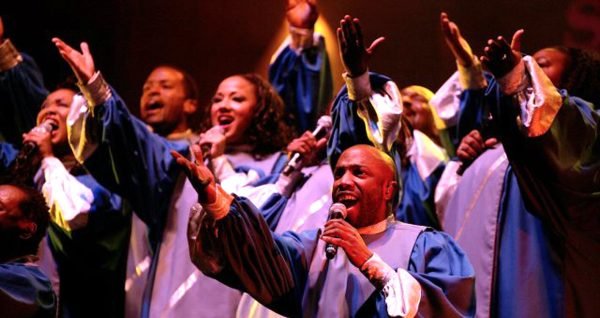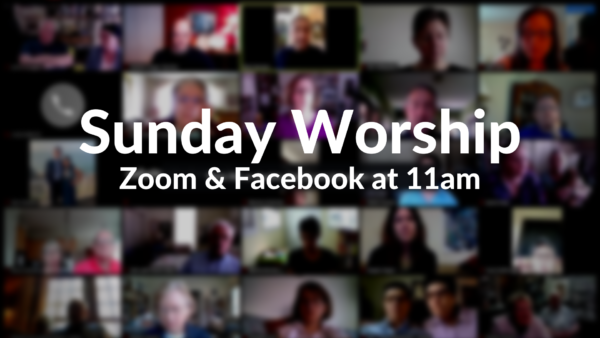Mapping Spiritual Innovation
The landscape of religious and spiritual practice continues to change dramatically in the United States. Not nearly all spiritual gatherings take place in traditional congregations, nor is spiritual care provided only by clergy. The fastest-growing portion of the American religious population is those without religious affiliations, often called the “nones.” As the Pew Research Center…





